Mueang Boran Pond Complex, Samut Prakan, Thailand
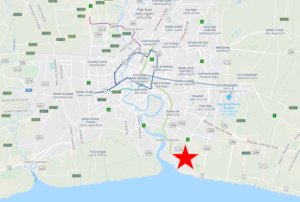
Bangkok sprawls across an enormous floodplain that was once dominated by wetlands. Among the few areas that are still maintained as such are the aquaculture ponds at Mueang Boran, which support a diverse array of waterbirds. A well-timed visit can often produce three species of bittern (Yellow, Cinnamon, and Black), five or more species of rails (starting with White-breasted Waterhen, Watercock, and White-browed, Ruddy-breasted, and Baillon’s Crakes), Greater Painted-Snipe, and Bronze-winged and Pheasant-tailed Jacanas, among many others.
Orientation
Directions
Mueang Boran is about 30 km southeast of downtown Bangkok, tucked into the urban sprawl of Samut Prakan province. The name Mueang Boran refers to the Ancient City, which has been redeveloped as a tourist attraction, with the Buddhist temple Wat Matathat Sukhothai occupying the highest ground of one of the few hills anywhere near Bangkok.
The pond complex lies to the east of the Ancient City, and can be reached by several routes. Access to the productive center is possible from either of two routes, north or south. The traffic is worse on the north side, but that route may be preferable because it enables you to drive to the center of the complex, whereas the southern route is not much easier and requires more walking.
From the North. Arriving at the pond complex from the north side entails a journey along the urban corridor of Phraeksa Road—which suffers from extreme traffic congestion at rush hour.
Take Sukhumvit Road (Route 3) to Phraeksa Road (Route 3116), turn east and go approximately 3 km to Soi Phraeksa 10 (just east of the Wat Phraeksa temple and Hok Suan canal). Turn south on Soi Phraeksa 10 and proceed for approximately 1.2 km through Thanyaphon Village to a pronounced rightward bend. Just past this bend, a dirt road forks off to the right, entering the fish pond complex.
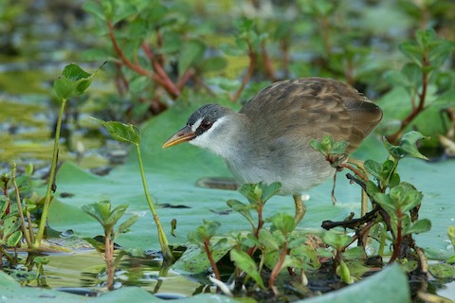
White-browed is the boldest of the three common crakes at Mueang Boran. © Ayuwat Jearwattanakanok
From the South. To reach the pond complex from the south, remain on Sukhumvit Road southbound for an additional 3.5 km past Phraeksa Road. Approximately 500 m past the entrance to the Ancient City, when the temple Wat Hua Lum Phu Thong appears on the south side of the road, turn left onto Thetsaban Bang Pu 69.
After about 1 km, turn left onto Mu Ban Yang Yuen, and go approximately 2 km, then turn right onto the only side-street in this area and wind your way back into the neighborhood to the easternmost part of this neighborhood (about 400 m from the turn). At this point, there is a path that leads north into the pond complex.
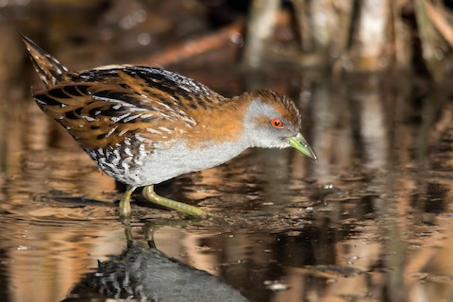
Baillon’s Crake is a common winter visitor at Mueang Boran. © Andrew Allen
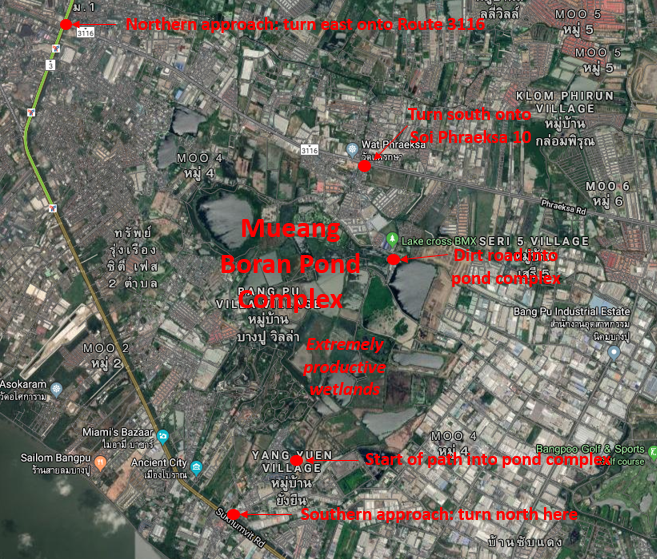
Birdfinding
The Mueang Boran ponds cover a large area that would take a long time to explore fully, and probably contains many pockets of productive habitat—which likely change seasonally or over the years as uses of each of the many ponds evolve.
Among the areas that are easily accessible, the south-central portion of the complex was exceptionally productive during my visits in 2019 and 2020. The particular area consists of a group of five adjacent ponds, each with a mixture of open water and marshland. On an early morning walk here, you are likely to flush bitterns, rails, and various other marsh birds. Striated Grassbird is especially common and conspicuous, along with several reed- and bush-warblers, prinias, and weavers.
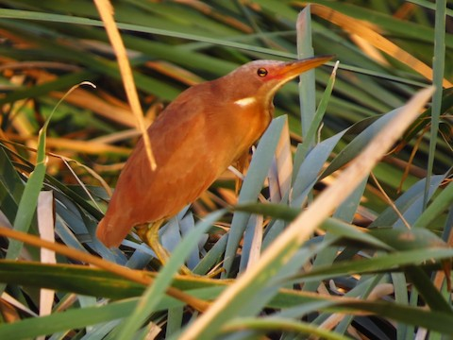
The aptly named Cinnamon Bittern is a common sight at Mueang Boran. © Ritvik Singh
To reach this area from the north, take the dirt road described above, which begins by paralleling Soi Phraeksa 10 south for about 300 m, then curves sharply to the right. After another 250 m, the road curves sharply to the left (south again) and runs along the east side of a series of open ponds. After about 1 km, the ponds have more emergent vegetation, and more diverse birdlife should be in evidence. Find a place to park without blocking the road, and walk the dykes into the midst of these ponds.
To reach the same area from the southern access described above, walk north along the path for about 1.5 km, passing a large permanent pond on your left (west). Beside this pond you will reach the same dirt road described above. You can reach the more productive wetlands from the west by turning left or from the east by turning right.
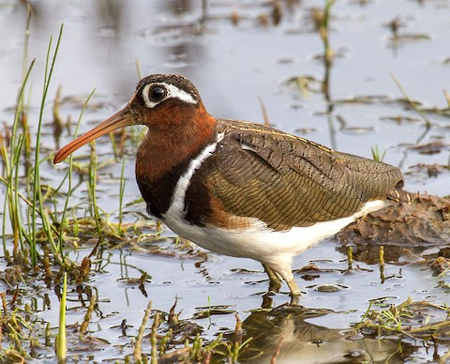
The peculiar and spectacular Greater Painted-Snipe can often be found skulking in the reeds at Mueang Boran. © Bruce Ward-Smith
Regular species include Lesser Whistling-Duck, Cotton Pygmy-Goose, Little Grebe, Little and Indian Cormorants, Yellow, Cinnamon, and Black Bitterns, several other herons and egrets, Black-winged and Brahminy Kites, Watercock, White-breasted Waterhen, White-browed, Ruddy-breasted, and Baillon’s Crakes, Eurasian Moorhen, Greater Painted-Snipe, Bronze-winged and Pheasant-tailed Jacanas, Plain and Yellow-bellied Prinias, Black-browed and Oriental Reed-Warblers, Pallas’s Grasshopper-Warbler, Striated Grassbird, Baya and Asian Golden Weavers, and Scaly-breasted and Chestnut Munias.
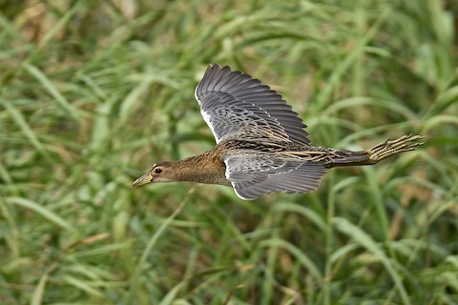
Waterock is common at Mueang Boran, but usually seen only as a flying blur when it flushes. © Basanta Behura
Notes
When to Visit
The marsh habitat at Mueang Boran can be productive at any time, but for the shier species it is preferable to arrive at dawn and spend the first two hours or so on the dykes.
Hazards & Hassles
The marshes produce their fair share of biting insects, so the liberal application of repellent is a wise precaution.
Links